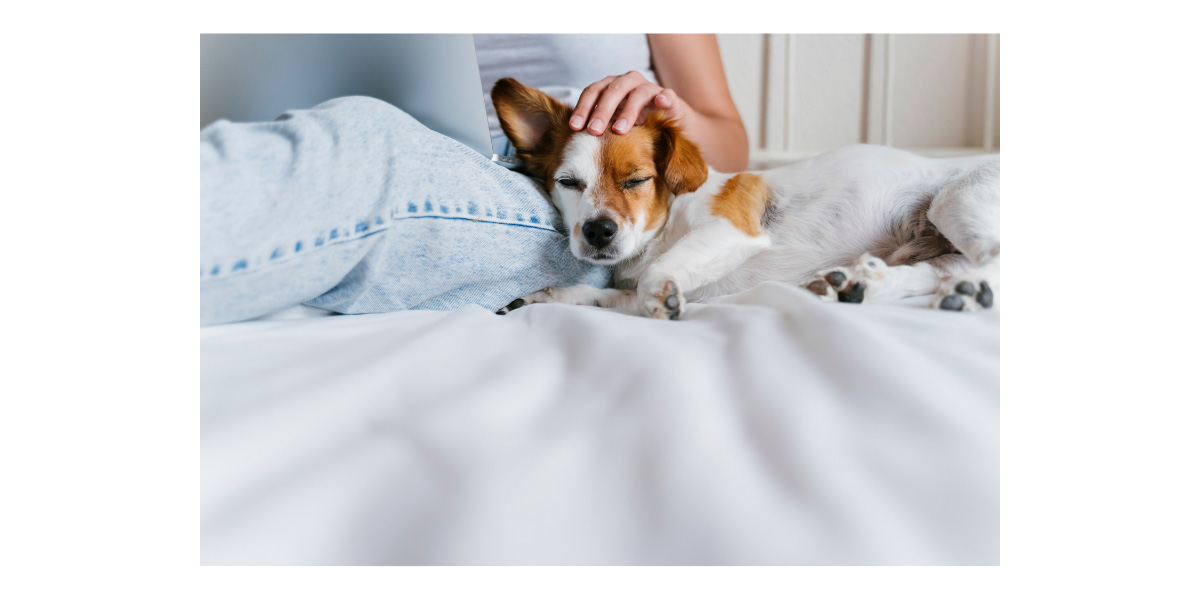
Save 35% with AutoShipUse code SAVE35 (Up to $20 max. Exclusions apply)

SAVE AN EXTRA $5 - $20 OFFUse code PETS in cart (Exclusions apply)

While efforts are made to answer all questions as quickly as possible, if an immediate answer is required or if your pet is in need of urgent or emergency care, contact your pet's veterinarian immediately.

You will receive an answer from Dr. Lindsay and our vet/tech team as soon as possible, usually the same day.
All answers are provided for informational or educational purposes only, and are intended to be a supplement to, and not a substitute for, the expertise and professional judgment of your pet's veterinarian.
It may be necessary to consult your pet's veterinarian regarding the applicability of any opinions or recommendations with respect to your pet's symptoms or medical condition.
Close
An error has occurred, please reload the page and try again.
CloseWhile efforts are made to answer all questions as quickly as possible, if an immediate answer is required or if your pet is in need of urgent or emergency care, contact your pet's veterinarian immediately.
There is no answer related to your question

Receiving the news that your dog or cat has cancer is always devastating. But it’s doesn’t mark the end of your journey together. Chemotherapy for pets is different than cancer treatments for humans. Learn about the ways cancer in pets can be treated and what you can expect when your pet begins treatment.
How Does Chemotherapy For Pets Work?
When a pet has cancer, there is uncontrollable growth of abnormal cells in their body. Chemotherapy circulates through the bloodstream and targets fast-growing cells. While it does kill cancer cells, it also damages healthy, fast-growing cells in the body that have low turnover times. Hair cells, white blood cells, and gastrointestinal cells are all replaced frequently by the body, so they’re affected the most by chemotherapy.
Chemotherapy is administered in lower doses in pets than it is in humans. In humans, the goal is usually to eliminate cancer through aggressive treatments that may consist of a combination of drugs. In pets, the main goal is to extend the lifespan while also minimizing pain and discomfort.
Less than 20% of pets undergoing chemotherapy will experience mild side effects like nausea, hair loss, and vulnerability to infection. These side effects tend to only last a short period of time, and they generally do not affect your pet’s quality of life.
How Is Chemotherapy Administered In Pets?
Pets are given chemotherapy via injection at the veterinarian’s office as often as weekly and as infrequently as every three weeks, and may continue for up to six months. Sometimes it may be combined with surgery or radiation. You may also have the option of giving your pet a chemotherapy drug at home in the form of a pill.
Home Care For Pets Receiving Chemotherapy
After your pet’s first treatment, they may experience side effects. Dogs are more likely than cats to experience gastrointestinal symptoms like vomiting, nausea, lessened appetite, and diarrhea. Your veterinarian may send you home with an anti-nausea medication, usually Cerenia, so you have on-hand if your dog develops gastro symptoms.
You can give your pet a bland, home-cooked diet if they experience gastrointestinal symptoms or if they refuse to eat. Boiled chicken or lean ground beef with overcooked, mushy white rice is easy to digest and it’s usually well-received by pets that don’t feel well.
If you will be administering oral chemotherapy at home, such as Palladia for dogs, your veterinarian will show you how to give your pet their pills. You’ll need to wear disposable latex gloves when handling the medication. The pills cannot be crushed, they must always be given whole. You can use pill pockets, but it’s also fast and easy to pill your dog by hand or with a pet piller device.
For 48 hours following treatment, you will need to take extra precautions to avoid exposure to chemotherapy drugs. Your pet will excrete small amounts of it in their urine, feces, and vomit. Always wear gloves when cleaning up after your pet during that time period. It will still be safe to hug, kiss, and snuggle with your pet after treatments.
After about 7 days, the chemotherapy will lower your pet’s white blood cell count. It should return to normal before the next treatment, but during this time they will be more prone to infection. If your pet experiences a fever over 103 degrees Fahrenheit, nausea, vomiting, diarrhea, or just seems unwell, you should seek immediate veterinary treatment.
Is Chemotherapy Right For My Pet?
Upon your pet’s cancer diagnosis, you might be wondering if treatment will be worthwhile. You may be concerned about having time to take your pet to weekly appointments. You might also wonder if you’ll be able to afford ongoing treatments.
Always share your concerns with your veterinarian. They can adjust your pet’s treatment schedule to fit your budget. A less aggressive, less frequent treatment option may be less effective, but can still help your pet live longer.
When it comes to quality of life, you can choose to try a treatment for 1-2 doses to see how your pet responds to it. Some pets may be stressed out by extra vet visits, but treatments can take just a few minutes. Cats and dogs generally learn to relax during their visits and enjoy getting treats and attention from their favorite vet staff.
 Swipe
Swipe